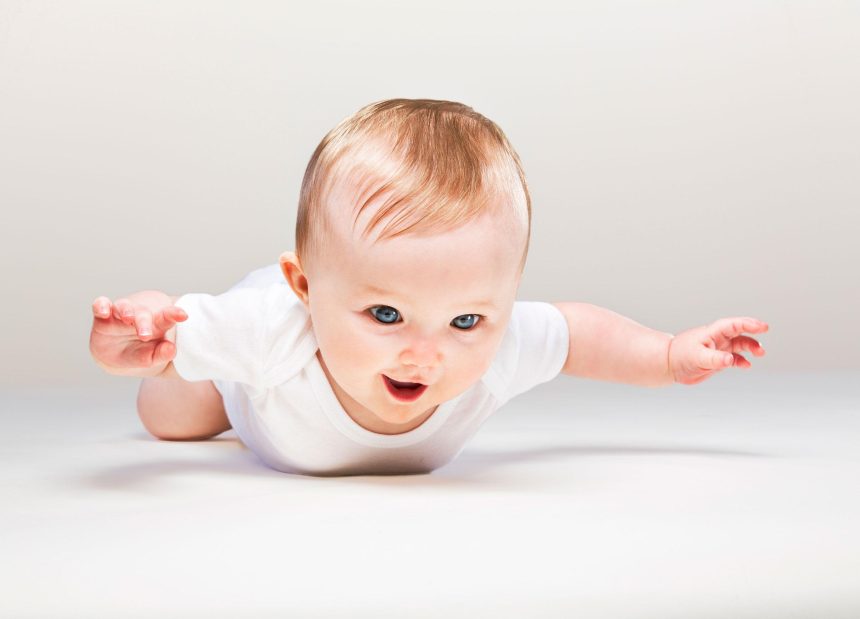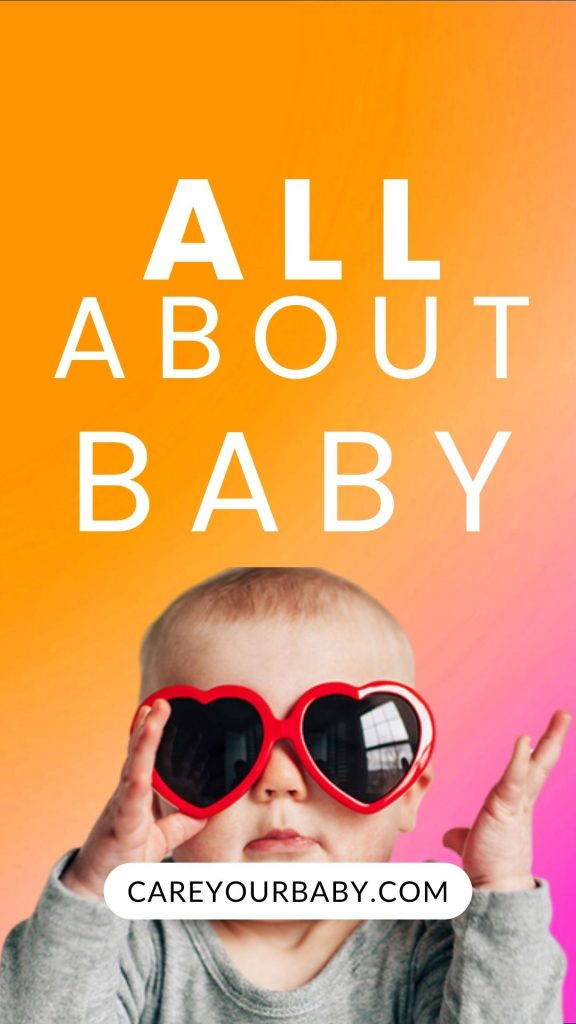When Do Babies Start Pointing? Understanding This Developmental Stage
As we navigate the extraordinary journey of parenthood, each milestone our little ones achieve feels like a small victory. Among these delightful benchmarks, one act stands out as both a signal of burgeoning communication and a bridge to understanding: pointing. This seemingly simple gesture often captivates parents and caregivers alike, raising questions about its significance and timing in the realm of early childhood development. When do babies start pointing? What does it signify about their cognitive and social growth? In this article, we delve into the nuances of this fascinating developmental stage, exploring the reasons behind this gesture and what it reveals about the intricate world of infant communication. Join us as we unravel the mystery of pointing, a key that unlocks not only our babies’ intentions but also their emerging understanding of the world around them.
The Journey to Communication: Exploring the Age of Pointing
The journey towards effective communication in infants often begins with an unexpected yet powerful gesture: pointing. Typically emerging around the ages of 9 to 12 months, this crucial skill marks a significant leap in cognitive and social development. As babies point, they not only express curiosity and desire but also invite interaction and shared attention with their caregivers. This simple act creates a bridge between the child’s world and that of their parents, fostering a deeper understanding and connection through non-verbal cues. The moment a baby extends their tiny finger towards a toy or a picture, parents witness a glimpse of their child’s burgeoning ability to convey thoughts and intentions.
Recognizing the importance of this developmental milestone can greatly enhance a caregiver’s ability to support communication skills. Here are some essential aspects to consider:
- Encouragement: When a baby points, acknowledging their interest can reinforce the behavior.
- Modeling Language: Using descriptive language related to what they are pointing at helps expand their vocabulary.
- Engagement: Responding with excitement encourages babies to use pointing as a communication tool.
In structuring a nurturing environment, parents can facilitate ongoing dialogue and comprehension, laying a strong foundation for further language development. Understanding these nuances during this pivotal time helps ensure that pointing evolves not just into a gesture, but also into a powerful means of connection and understanding within the realm of communication.
Recognizing Milestones: What Pointing Reveals About Cognitive Development
Pointing is a fascinating developmental milestone that indicates a baby’s growing cognitive abilities and social engagement. Typically, you can expect to see babies begin this behavior around 9 to 12 months of age. When a child points, they are not merely extending a finger; they are communicating their wants and needs more effectively. This gesture signifies a shift towards more complex thinking—one where babies start to understand that they can indicate their intentions to others. Research suggests that this simple action plays a crucial role in their ability to engage in joint attention, where both the caregiver and the child focus on the same object or event. This shared experience is foundational for language acquisition and social bonding.
The act of pointing can be observed in a variety of contexts and carries different meanings. Common instances include:
- Indicating objects: Pointing toward toys or food can express desire.
- Seeking attention: Pointing at something interesting can invite caregivers to share the experience.
- Expressing discovery: Pointing at something new or surprising reflects cognitive curiosity.
Understanding these nuances of pointing allows caregivers to enhance their child’s development. By responding to a baby’s pointing with verbal cues, adults can create rich language-learning opportunities that support their cognitive growth.
Encouraging Engagement: Activities to Foster Pointing in Infants
Engaging infants in activities that encourage pointing can significantly enhance their communication skills. Simple, interactive games are a great way to start. Consider these activities:
- Point and Name: Use colorful books or toys to point out objects while saying their names aloud, prompting the baby to follow your finger.
- Hide and Seek: Conceal an object partially under a blanket, allowing the baby to discover and point at it when prompted.
- Nature Walks: When outside, emphasize natural features; point at trees, birds, and flowers, encouraging your baby to engage with the world around them.
Creating an environment rich in exploration can also foster pointing. Here are more ideas that can be integrated into daily routines:
| Activity | Objective |
|---|---|
| Treasure Baskets | Encourages independent exploration and pointing to items of interest. |
| Interactive Finger Foods | Invites babies to point at their favorites while developing fine motor skills. |
| Singing Songs with Actions | Prompts babies to point at body parts or objects during familiar songs. |
Beyond the Gesture: Understanding the Different Types of Pointing and Their Meanings
Pointing is a fascinating milestone in a baby’s development that goes beyond mere motor skills; it opens the door to communication and social interaction. As infants grow, their pointing can convey different meanings and intentions that reflect their understanding of the world around them. There are several types of pointing that are commonly observed, including:
- Declarative Pointing: This type is used to draw attention to objects or events, often accompanied by a look of interest or excitement.
- Imperative Pointing: This pointing aims to request something or get assistance, indicating a baby’s desire for a specific item.
- Referential Pointing: Occurring around 12 months, this nuanced action indicates understanding of shared experiences; it’s often used to direct an adult’s attention to something noteworthy.
The progression of these pointing skills typically unfolds around the age of 9 to 12 months, with each type serving a distinct purpose in an infant’s way of expressing needs and sharing experiences. Understanding these pointing variations allows caregivers to respond more effectively and nurture a child’s burgeoning communication skills. As this behavior evolves, observing the shifts in a baby’s pointing can also provide insight into their cognitive development. Here’s a simple overview of when each type of pointing might emerge:
| Type of Pointing | Typical Age of Emergence | Purpose |
|---|---|---|
| Declarative Pointing | 9-10 months | To share interest |
| Imperative Pointing | 10-12 months | To request or demand |
| Referential Pointing | 12 months and beyond | To direct attention |
Q&A
Q&A: When Do Babies Start Pointing? Understanding This Developmental Stage
Q1: What does it mean when babies start pointing?
A1: Pointing is an important developmental milestone in a baby’s life. It serves as a means of communication, allowing babies to indicate interest or draw attention to objects, people, or events. This gesture reflects their budding understanding of the world around them and showcases their desire to interact socially.
Q2: At what age do babies typically start pointing?
A2: Most babies begin to point around 9 to 12 months of age. This initial gesture often involves a simple finger extension, with some infants demonstrating the ability to point to objects they want or find interesting. It’s a charming moment that indicates their desire to engage with their caregivers.
Q3: Are there different types of pointing?
A3: Yes, indeed! Babies may exhibit several types of pointing as their communication skills develop. The two most common types are declarative pointing, where they use their finger to share interest in something, and imperative pointing, which seeks to direct attention or request something. These gestures grow increasingly sophisticated as babies approach their first birthday.
Q4: What should parents do to encourage pointing?
A4: Parents can foster their baby’s pointing skills by engaging them in interactive play. Make eye contact, name objects, and use gestures to draw attention to interesting items. For example, when outside, point to birds or trees while saying their names. This not only encourages pointing but enriches the baby’s vocabulary and understanding of their environment.
Q5: What if my baby isn’t pointing by 12 months?
A5: Every child develops at their own pace, and some may take a little longer to start pointing than others. However, if your baby isn’t pointing by 12 months or if you have concerns about other aspects of their development—such as social engagement or communication skills—consider consulting a pediatrician. Early intervention can be beneficial if there are any developmental delays.
Q6: Can pointing also have an impact on language development?
A6: Absolutely! Pointing is closely linked to language development. When a baby points and parents or caregivers respond by naming the object or explaining its significance, it creates a rich learning experience. This interactive dialogue helps to build vocabulary and fosters an understanding of the connection between words and the world.
Q7: How can I recognize my baby’s pointing behavior?
A7: Look for the classic signs: your baby might extend their arm, reach out a finger, or even gaze intently at something while pointing. Even gentle nudges with their body or head can indicate their desire to communicate interest. Be attentive to these signals, as they showcase an exciting leap in cognitive and social development.
Q8: Is there a connection between pointing and other developmental milestones?
A8: Yes, pointing often coincides with several other developmental milestones, including increased social interaction, improved motor skills, and the emergence of joint attention—the shared focus on an object between the baby and another person. This creates a foundation for further cognitive and language development in the months to come.
Q9: What other gestures might I see as my baby develops?
A9: In addition to pointing, you may notice other gestures such as waving, clapping, or nodding. These early nonverbal communications play an essential role in your baby’s ability to express themselves and understand their environment. Encouraging these gestures can help pave the way for verbal communication later on.
Q10: why is pointing so important?
A10: Pointing is a vital skill in a baby’s developmental journey. It not only reflects their growing curiosity and understanding of their world but also enhances their ability to communicate and connect with others. By nurturing this skill, parents play a crucial role in supporting their child’s overall growth and development.
Final Thoughts
As we journey through the fascinating world of infant development, it’s clear that the act of pointing is more than just a simple gesture. It represents a pivotal milestone in a baby’s ability to communicate, connect, and express their curiosity about the world around them. Understanding when babies start pointing not only enriches our appreciation for their cognitive growth but also equips caregivers and parents with the tools to nurture this crucial skill.
As you observe the tiny gestures that accompany your little one’s awe and wonder, remember that each point is a building block in their journey toward language, social interaction, and comprehension. So, the next time your baby reaches out to indicate their desires or share their discoveries, celebrate these moments—they are the threads weaving the fabric of future conversations. In the grand tapestry of development, every gesture counts, and each point is a story waiting to unfold.


